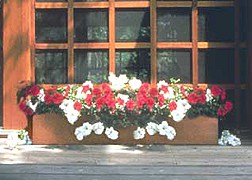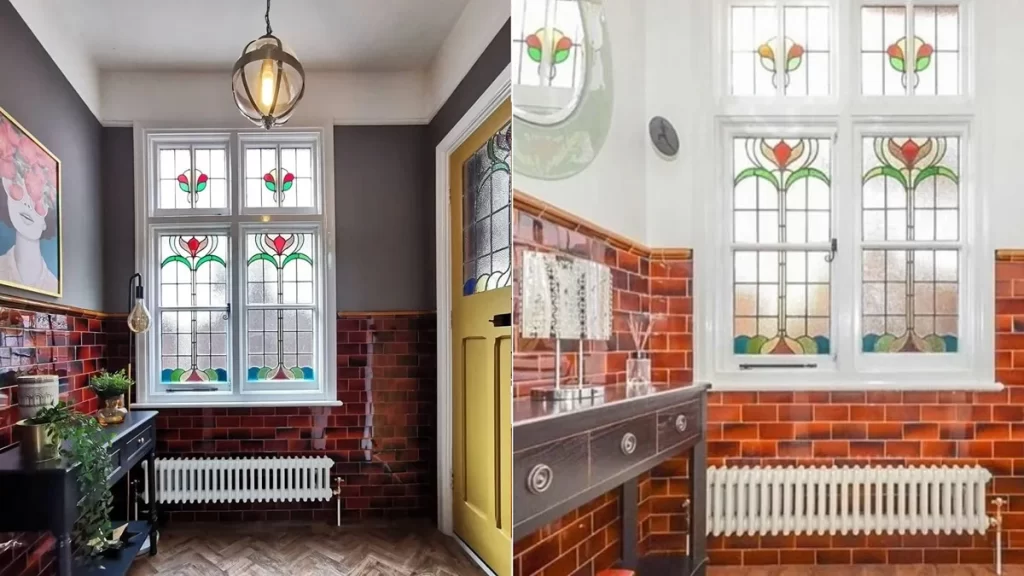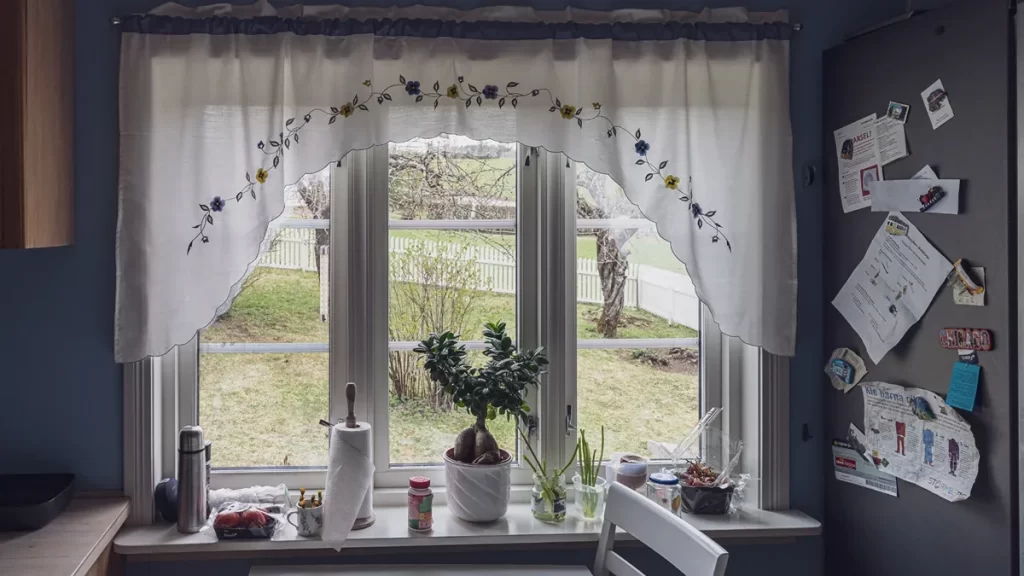Turning the backyard into a living retreat is one of the hottest trends today among homeowners. It makes sense; with televisions, computers, and phones in nearly every room of the house, the backyard is the final safe haven from life’s pressures.
Creating a truly relaxing setting, however, requires careful planning and attention to detail. Whether you’ve just constructed a new deck or simply want to update your existing one, there are many ways to make it feel like a restful retreat.
One of the easiest ways to brighten and improve your outdoor living space is with flower window boxes made from all-natural western red cedar. These stylish boxes are simple to build and can dress up a deck when filled with colorful flowers, herbs, vegetables, etc.
Begin by designing the cedar window boxes to each window’s width. Each box should be as wide as the window frame including trim. This width can vary based on personal preference, but the look of a window box that matches the width of the window frame is quite appealing. Additionally, use 1-inch-thick cedar for this project; thicker boards will increase the weight and make the boxes cumbersome to mount.
If you are considering placing long plastic planters in the window boxes rather than planting directly in them, buy the planters first as the depth, width, and length will determine the window box size. If planting within the box directly, the dimensions are not as critical.
The advantage of using plastic planters is that you can lift them out of the boxes to change soil or plants. This method is definitely best for second-story windows or any window not easily accessible from the ground.
Building a Cedar Window Box
Start by cutting 1-inch-thick cedar into the necessary pieces:
* Two equal-sized pieces for the front and back; ideally, the length should match the width of the window.
* Two equal-sized pieces for the sides.
* One piece for the bottom, the same length as the front and back and 2 inches wider than the sides.
Next, pre-drill guide holes in the front and back pieces at each end. Repeat on the bottom piece and also drill an additional 1-inch hole in the middle to allow for drainage.
Now, glue the front and back pieces to the sides, making certain that the correct sides are exposed outward. Waterproof wood glue works well. Then, using the pre-drilled holes as guides, screw the front and back pieces to the sides with 1 1/3-inch galvanized screws. These screws will provide ample stability and will not react with the natural preservatives in the cedar.
Lastly, glue the bottom piece to the bottom of the window box and screw it into place as well. Then sand, prime, and paint the window box if you desire.
Mounting the Window Box
Begin by drilling two 1/2-inch-diameter holes in the back of the window box, approximately a quarter way in from each end and 1 1/2 inches below the top edge. Holding the window box in position under the window, hammer a 3/8-inch hanger bolt through each hole onto the house siding enough to make an indentation or mark.
Next, remove the window box and drill two 1/2-inch pilot holes at the indentation marks. When installing the hanger bolts, allow 2 inches of each bolt to protrude from the house. Hang the window box on the hanger bolts and screw a 3/8-inch washer and nut on the end of each bolt.
The Western Red Cedar Lumber Association (WRCLA) has developed a collection of planters, boxes, benches, and table project ideas for homeowners. Available online at www.realcedar.org or in a brochure format, this compilation of outdoor living ideas includes recommendations for creating new looks, adding to your outdoor living space, as well as tips for table and bench construction.








 Don Vandervort writes or edits every article at HomeTips. Don has:
Don Vandervort writes or edits every article at HomeTips. Don has:
